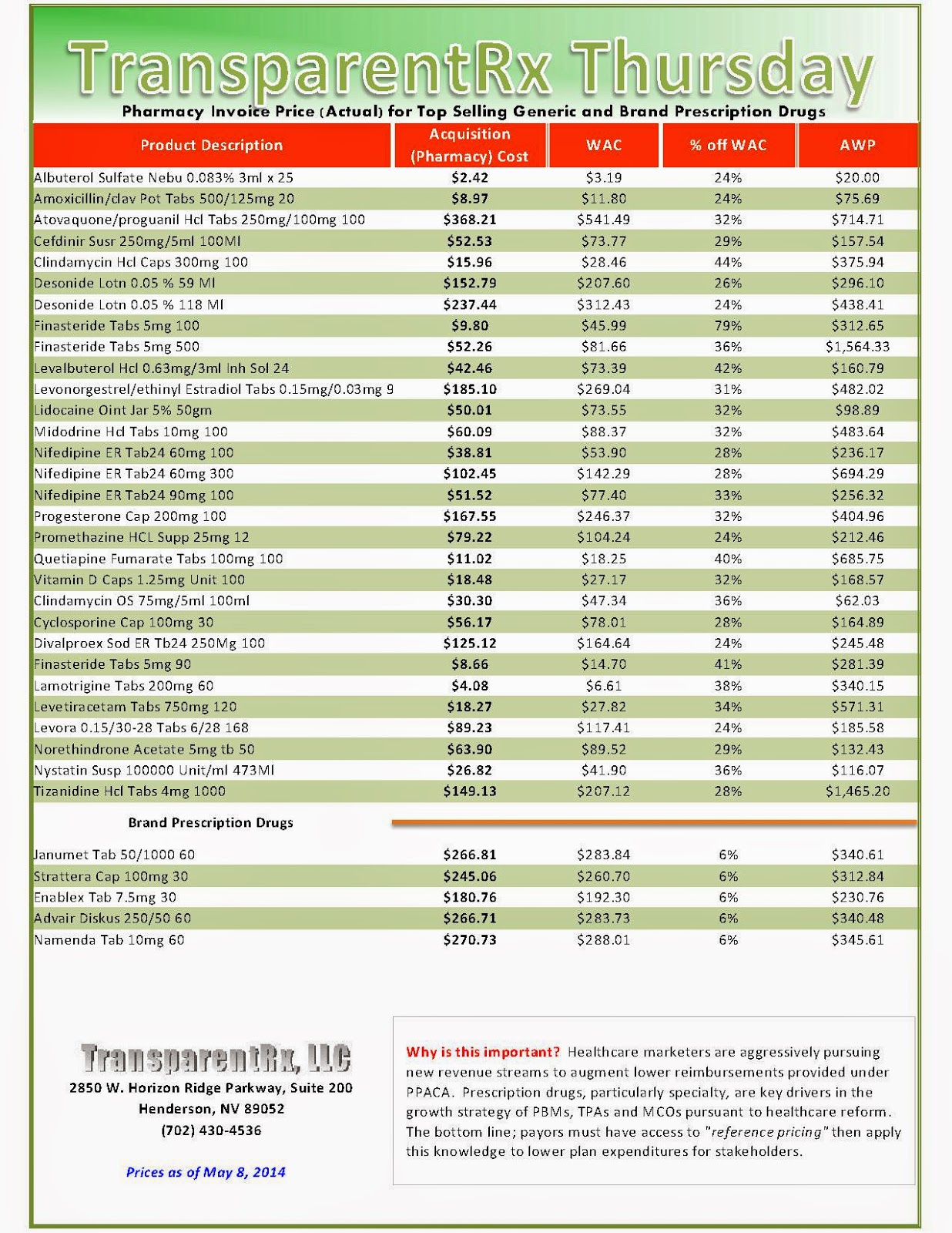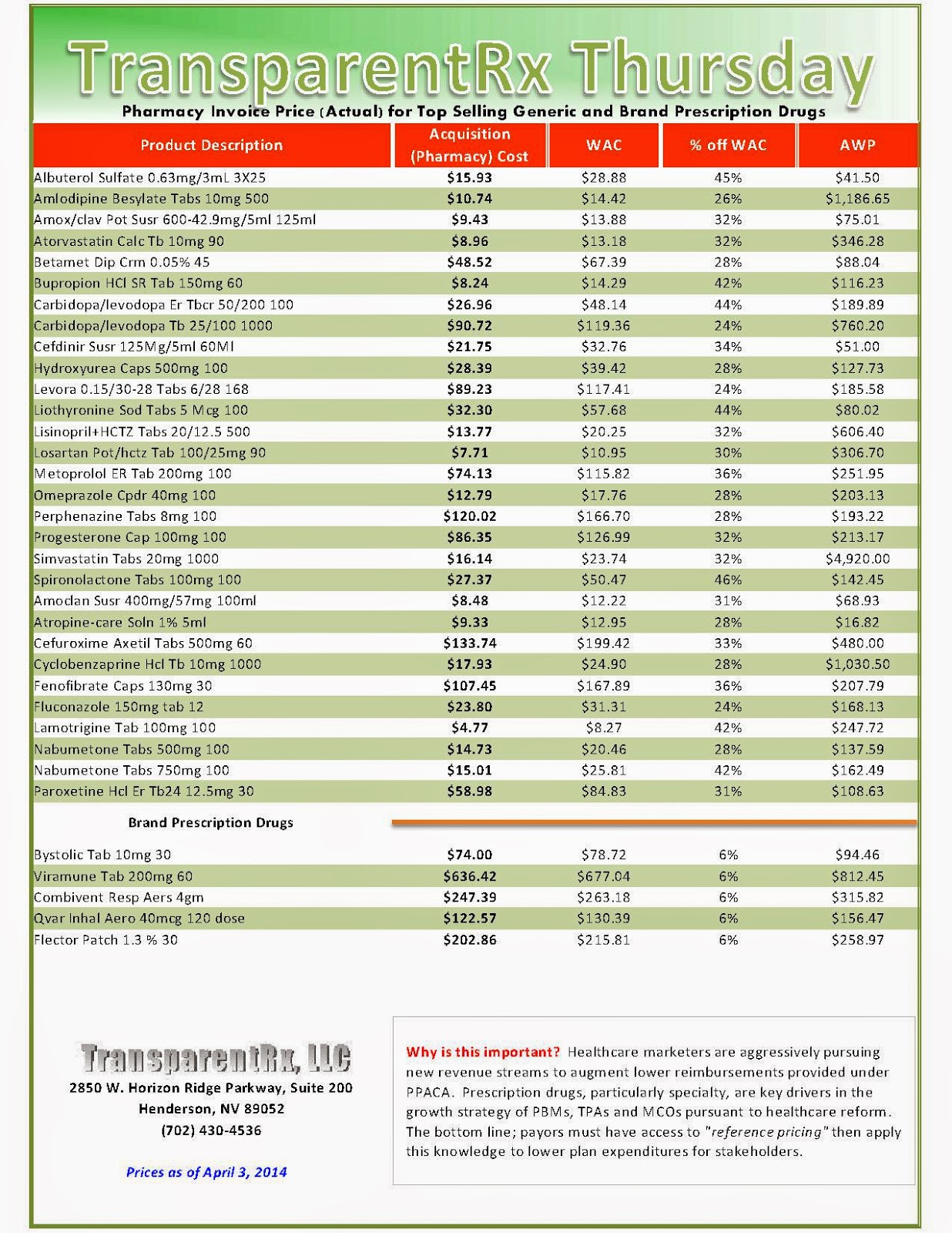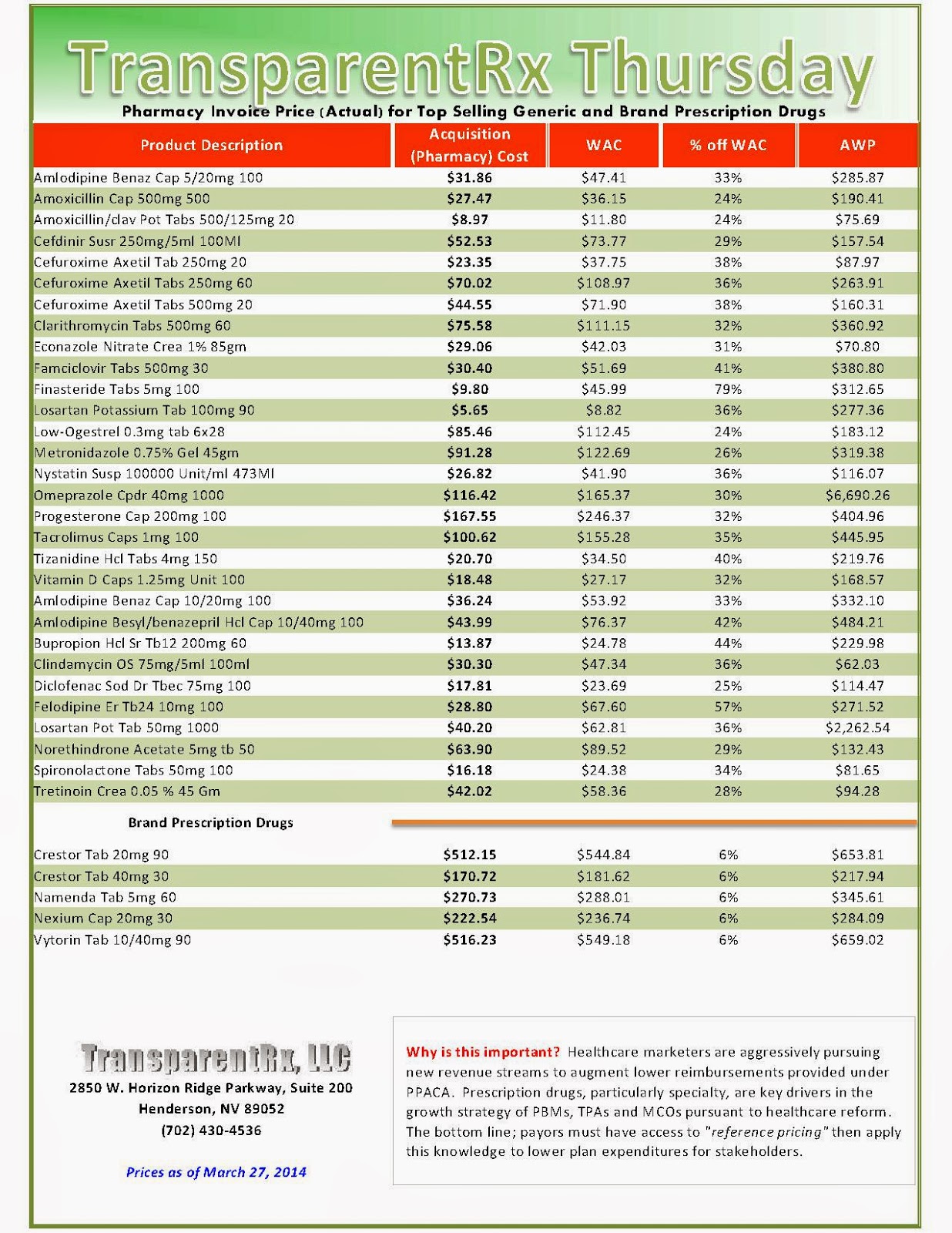Spending on specialty medications continues to grow, and the gap between the cost of treating medical conditions with generic drugs and the cost of treating more serious illnesses with specialty drugs continues to widen, according to a report released on April 15, 2014, by the IMS Institute for Healthcare Informatics. The report finds that total spending on prescription medications rose by 3.2% to $329.2 billion in 2013.
The increase was attributed to a variety of factors, including higher costs for new specialty drugs, as use of health care services by consumers went up for the first time in 3 years. “Following several years of decline, 2013 was striking for the increased use by patients of all parts of the U.S. health care system—even in advance of full implementation of the Affordable Care Act,” said Murray Aitken, executive director of the IMS Institute for Healthcare Informatics, in a press release.
“Growth in medicine spending remains at historically low levels despite a significant uptick last year, and continues to contribute to the bending of the health care cost curve.” Patients with rare or serious conditions were found to bear a much larger burden from out-of-pocket costs than did patients who do not need specialty drugs.
The report states that 30% of consumer drug spending last year came from just 2.3% of prescriptions, which had co-pays of more than $70 and which were frequently specialty medications. (Consumers paid an average of $145 in out-of-pocket expenses for these medications.)
See more at: http://www.specialtypharmacytimes.com/news/IMS-Report-Specialty-Medications-Drive-Prescription-Drug-Spending-Increase#sthash.jR6uXBGG.dpuf

_1.jpg)
_1.jpg)

_1.jpg)

_1.jpg)